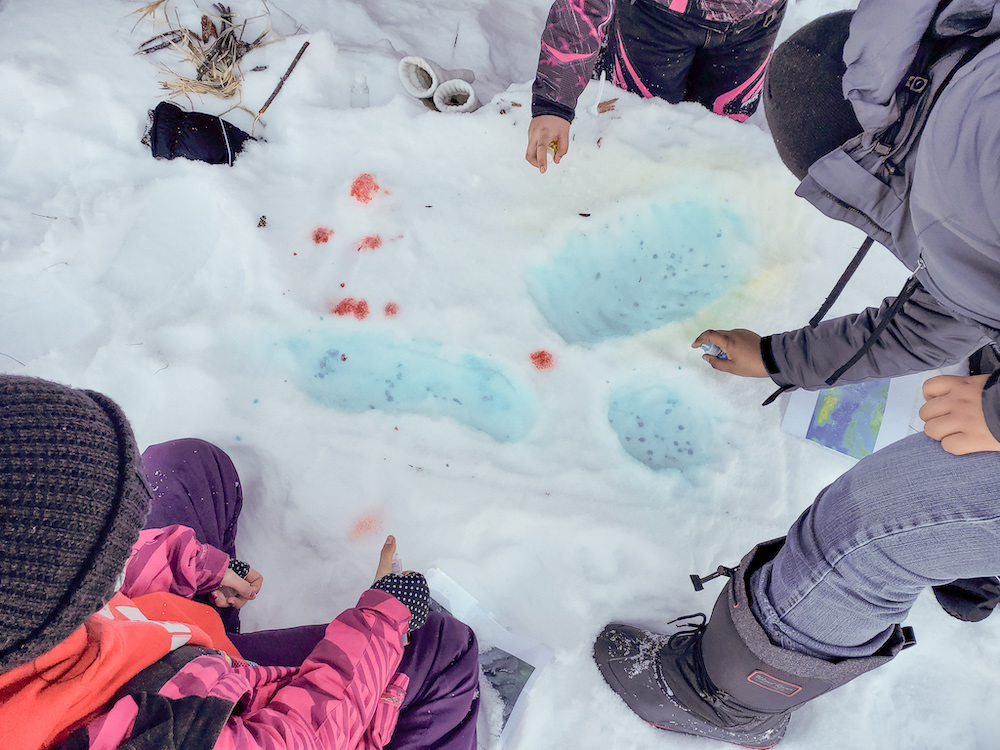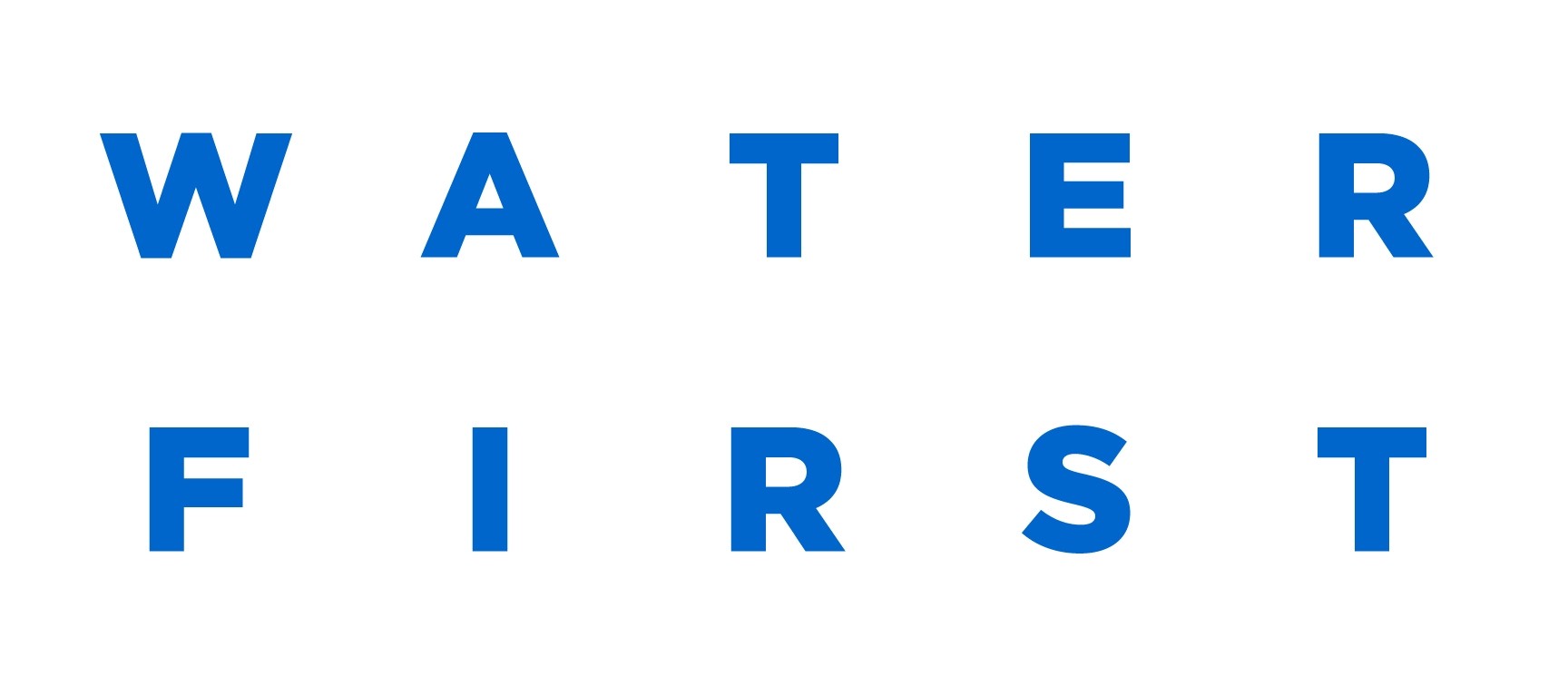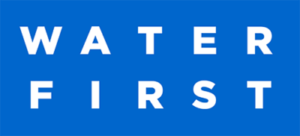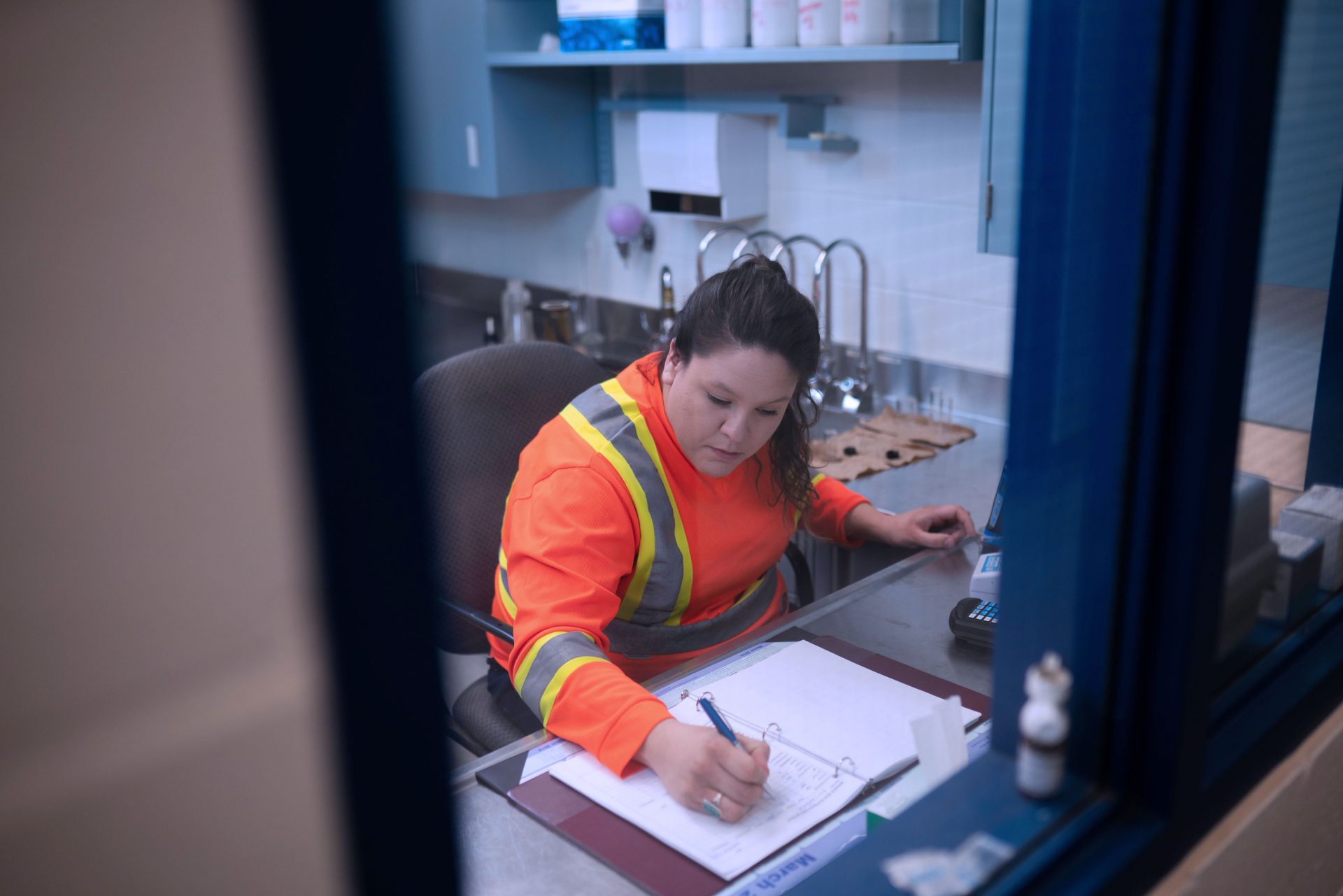Learning happens with experience. And applying what we have learned through our virtual delivery continues to strengthen our school-aged youth programming. Our program that teaches students about watersheds and the importance of source water protection, What’s in Your Water, was originally designed as a face-to-face workshop series. But with COVID restrictions, with the support of funders like the Ontario Trillium Foundation, we were able to adapt our programming to be delivered virtually.
We piloted the virtual delivery with Beausoleil First Nation and the Christian Island Elementary School in the fall. We learned a lot. So, we made a few changes.
Considering we are used to delivering our program face to face and leading the student group while in the room, it became clear very quickly that the strength of our program hinged on the adult in the room — the teacher.
When it came to sending the tool kit to Sagamok First Nation for our second virtual delivery, we included a few more tools to better support the teacher. Things like: prepackaged workbooks, a comprehensive video on how the experiments will run, and a microphone that allowed us to hear the students in the class — easing the pressure on the teacher to repeat everything that was going on. We coordinated, communicated, collaborated, and debriefed each session with the teacher. This strengthened the overall experience for the students and their learning.
As a part of the program, students take a field trip to a local source of water to take water samples. Of course, since we aren’t there, the teacher has to run the entire trip and coordinate the collection of water samples. An added element was that it was winter! In order to collect water samples, they had to cut a hole in the ice. Based on the stories shared from the trip and the photos, it looked like quite an experience. The teacher shared that as the workshops went on, she could see the students getting more familiar, efficient, and independent using the water testing resources.
Clearly, close collaboration with the teacher in the room is essential to a smooth and successful virtual delivery.
“I felt like our program was a huge success when in the very last workshop with Sagamok First Nation we did an impromptu water test of their school water. We watched through our screen as the students applied what they had learned and did the sampling themselves. Even when the teacher tried to help out the students were like — we got this.”
Adrianna Bilinski, ISWP instructor

Showcasing Learning and Connections Made
Measuring success in education programs is often through students showcasing what they have learned and if possible how the students apply this learning. This showcase needs to be flexible — particularly when it comes to virtual delivery — and can be formal or just through observation.
The students from Christian Island Elementary School created a presentation that summarized their learning throughout the program.
Dillon Koopmans, our Educational Programs Manager summed it up this way: “When the students did their presentation and shared their learning with us, it felt like the student-led reflection had a culminating effect. The students could reflect and clearly record what they had learned. We had accomplished true learning through virtual delivery in the times of COVID.”


